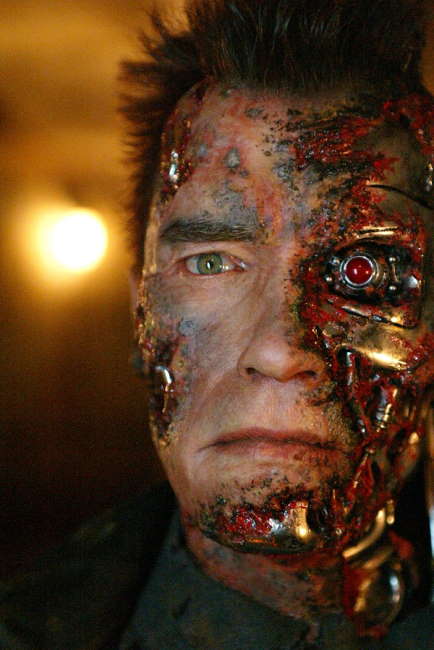ScienceRocks
Democrat all the way!
- Banned
- #1
Two blind British men have electronic retinas fitted
Two British men who have been totally blind for many years have had part of their vision restored after surgery to fit pioneering eye implants.
They are able to perceive light and even some shapes from the devices which were fitted behind the retina.
The men are part of a clinical trial carried out at the Oxford University Eye Hospital and King's College Hospital in London.
http://www.bbc.co.uk...health-17936302
Two British men who have been totally blind for many years have had part of their vision restored after surgery to fit pioneering eye implants.
They are able to perceive light and even some shapes from the devices which were fitted behind the retina.
The men are part of a clinical trial carried out at the Oxford University Eye Hospital and King's College Hospital in London.
http://www.bbc.co.uk...health-17936302



